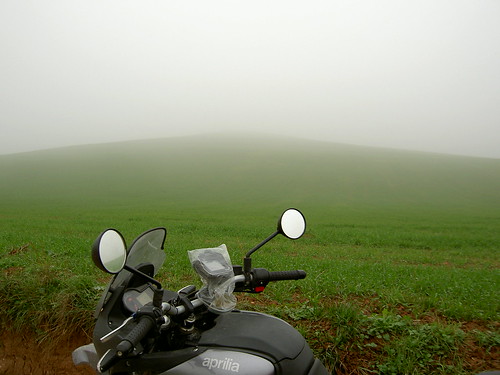With the Olympic Games about to start, here’s what I hope to see:
- While I fully support the protests for a Free Tibet (and against the Chinese regime), Beijing was chosen 6 years ago, and if people did want to boycott the Olympic Games in China, it would have been wiser to do it so 6 years ago. Of course, I’m not saying all protests should stop, it is nice to have the dictatorial regime get nervous by all the international media’s attention to protests, but I really hope nothing like this (skip to 4:30) happens again. That is, please protest as much as you want, but please pretty please, don’t ruin the years of preparation of the sportsmen and women that have dedicated a big part of their lifes to get here. Doing so would be like having someone remove all the GNOME (or any other free software project) subversion code, for instance, to protest against the Chinese regime. I’m sure we wouldn’t like that at all, even if we support the protests.
- No dopping cases please.
- I really hope to see a USA-Spain final in basketball, for a Los Angeles 84 revenge. Although it’s going to be hard, with Argentina, Russia and Greece being part also of the favorites for the medals.
- In cycling, the Spanish team is one of the best in history for this kind of race (Freire, Samuel Sánchez and Valverde, accompanied by Contador and Sastre, the 2 last Tour de France winners), so, like every year in the World Championships, it seems it’s going to be a very nice race, specially since the Italians are very strong also (with Paolo Bettini). Also, mountain bike/BMX competitions are quite funny to watch on TV.
- I hope to see as many (and as long as possible) Cuban women volleyball team games as possible. If you want to know why, just watch their games 🙂
- Won’t miss any of the Athletics, Swimming and Gymnastics competitions.
- After my experience in the river Sella, I’m willing to watch also some rowing/canoeing action.
Anyway, good luck to everyone, and please, try to not stay too much time in the sofa watching the games 🙂 You can just do some exercises while you watch the sports or when going to the sofa to somewhere else and back, so as to feel the Olympic spirit also 😀













